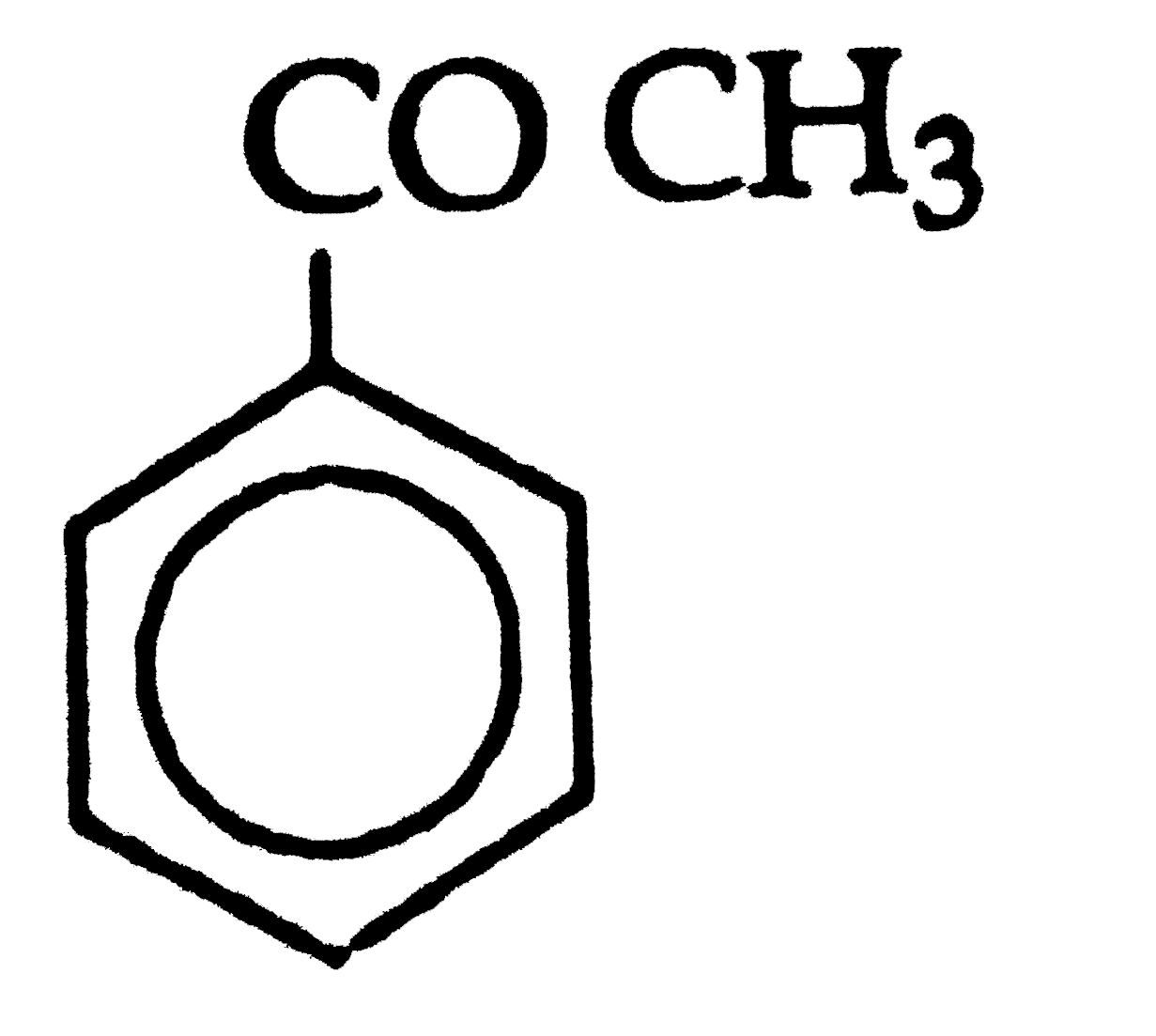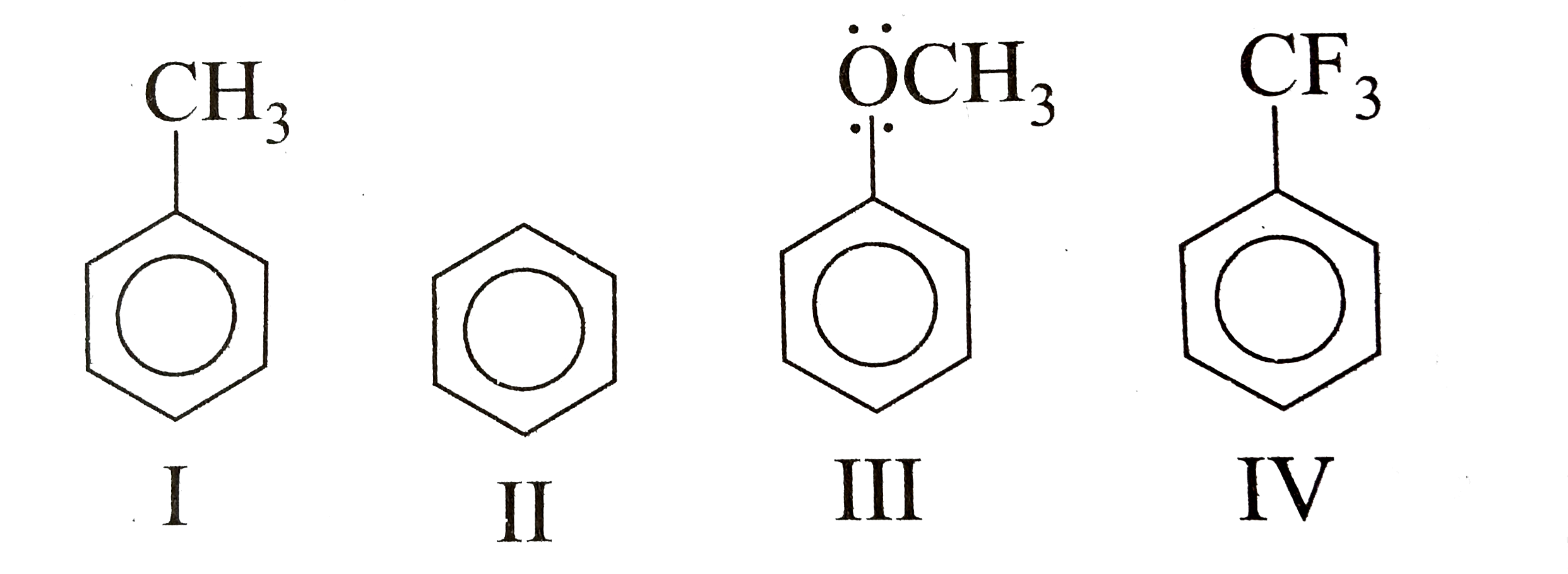The reactivity of compound Z with different hologebs under apppropriate conditions is give below:

The observed pattern of electrophilic substitution cannot by explained by
The steric effect of the halogen
The steric effect of the tert-butey1 group
The electronic effect of the phenolic group
The electronic effect of the tert-buty1 group
The correct Answer is:D

(I),(II) and (III) are probable positions as per electronic effect of OH group wher electrophile can attack and due to steric hindrance at (II) and (III) positions bulky electrophiles are not preferred like I only preferred at position I, Bromine at positions IIand I is while chlorine at all three positions.

Topper's Solved these Questions
- ALCOHOLS, PHENOLS AND ETHERSBOOK - A2ZCHAPTER - ALCOHOLS, PHENOLS AND ETHERSEXERCISE - Ethers
34 Videos
- ALCOHOLS, PHENOLS AND ETHERSBOOK - A2ZCHAPTER - ALCOHOLS, PHENOLS AND ETHERSEXERCISE - Section B - Assertion Reasoning
20 Videos
- ALCOHOLS, PHENOLS AND ETHERSBOOK - A2ZCHAPTER - ALCOHOLS, PHENOLS AND ETHERSEXERCISE - Chemical Properties Of Alcohols
61 Videos
- ALDEHYDES, KETONES AND CARBOXYLIC ACIDBOOK - A2ZCHAPTER - ALDEHYDES, KETONES AND CARBOXYLIC ACIDEXERCISE - Section D - Chapter End Test
30 Videos
Similar Questions
The reactivity of compound Z with different halogens under appropriate conditions is gives below-

The observed pattern of electrophilic substitution can be explained by-
View SolutionThe reactivity of compound Z with different halogens under appropriate conditions is given below

The observed pattern of electrophilic substitution can be explained by :
View Solution
Knowledge Check
The reactivity of compound Z with different halogens under appropriate conditions is gives below-

The observed pattern of electrophilic substitution can be explained by-AThe steric effect of the halogenBThe steric effect of the tert-butyl groupCThe electronic effect of the phenolic groupDThe electronic effect of the turt-butyl groupThe most reactive compound in electrophilic substitution reaction is
A B
B C
C D
D
The most reactive compound towards electrophilic substitution reaction is
AC6H6BC6H6ClCC6H5−CH3DC6H5−OCH3
Give the increasing order of reactivity towards electrophilic substitution.
_CHE_E06_235_Q01.png)
View SolutionBromination of cyclohexene under conditions gives below yields:

View SolutionThe most reactive compound towards electrophilic substitution reaction is :-
View SolutionBromination of cyclohexene under conditions gives below yields:

View Solution
Among the compounds the order of decreasing reactivity towards electrophilic substitution is
View Solution
